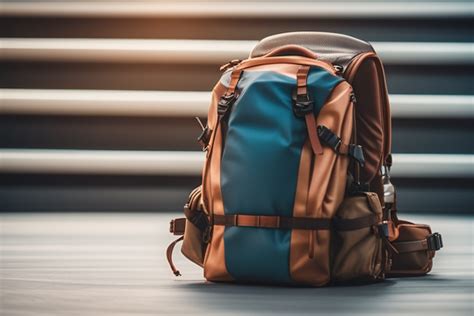Embarking on an outdoor adventure with a lighter backpack can dramatically enhance your experience. Less weight means more comfort, less strain on your body, and greater endurance, allowing you to cover more ground and enjoy the journey rather than just endure it. The common misconception is that reducing weight requires sacrificing essential gear. However, with a strategic approach, you can significantly lighten your load without compromising safety or preparedness.
Start with the “Big Three”: Shelter, Sleep System, and Pack
These three items typically account for the largest portion of your backpack’s weight. Investing in lighter versions of your tent, sleeping bag (or quilt), and backpack will yield the most significant weight savings. Look for materials like Dyneema Composite Fabric (DCF) or ultra-light silnylon for shelters, down insulation for sleeping bags (with appropriate temperature ratings), and packs designed specifically for ultralight trekking that match your expected load volume.
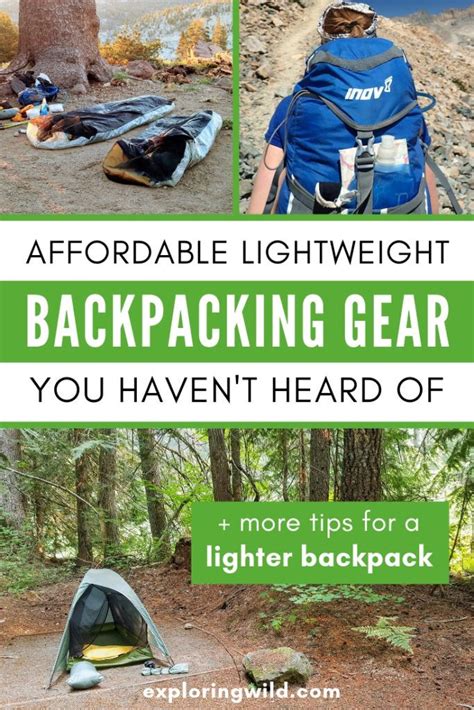
Embrace Multi-Purpose Gear
Every item in your pack should ideally serve more than one function. This is a cornerstone of ultralight philosophy. For instance, trekking poles can double as tent poles for some shelters. A bandana can be used as a pot holder, head covering, towel, or pre-filter for water. Your cooking pot can also serve as your eating bowl. Before packing an item, ask yourself: “Can something else I’m already carrying perform this function?”
Ruthless Gear Assessment: Needs vs. Wants
Lay out all the gear you *think* you need for your trip. Then, go through each item with a critical eye. Distinguish between what you truly *need* for safety and comfort in your specific environment and what you *want* as a luxury. Do you really need a separate camp chair or can you sit on your sleeping pad or a rock? Is that hardcover book essential, or can a digital version suffice, or perhaps no book at all? This “shakedown” process is vital for identifying redundant or unnecessary items.
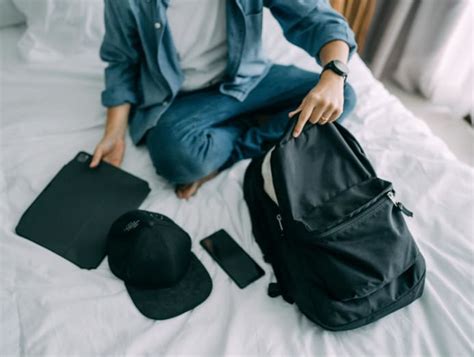
Optimize Consumables: Food and Water
Food Strategy
Food can be a significant weight contributor. Plan your meals meticulously, opting for high-calorie, nutrient-dense, and lightweight options. Dehydrated or freeze-dried meals, instant oatmeal, nuts, and energy bars are excellent choices. Repackage food out of bulky commercial packaging into lightweight zip-top bags to save weight and space. Only carry enough for the duration of your trip, plus a small emergency reserve.
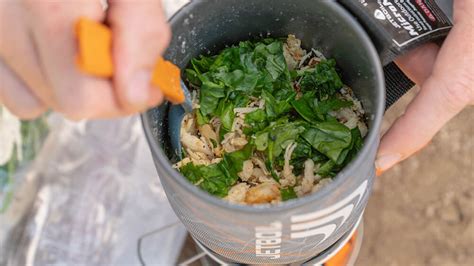
Water Management
Water is extremely heavy (1 liter = 1 kg). Rather than carrying all your water, plan your route around reliable water sources. Invest in a lightweight water filter or purification tablets, which allow you to carry less water at any given time and replenish as needed. Understand the water availability for your specific trail.
Smart Clothing Choices and Personal Items
Pack clothing based on a layering system rather than individual heavy items. Focus on technical fabrics that are lightweight, quick-drying, and provide warmth-to-weight efficiency. Avoid cotton. Only bring enough changes for hygiene and comfort, considering the weather forecast for your trip. For toiletries and first-aid, downsize. Transfer liquids into smaller containers, cut sections of duct tape instead of carrying a whole roll, and only pack the absolute essentials for a basic first-aid kit, customized to your trip’s risks.
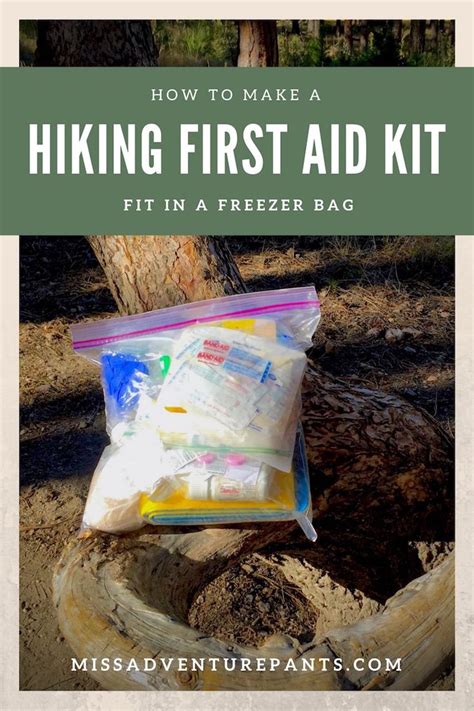
Packing Techniques and Continuous Improvement
How you pack also matters. Use lightweight stuff sacks or no sacks at all, instead lining your pack with a trash compactor bag for waterproofing. Distribute weight evenly, placing heavier items close to your back and lighter, bulkier items further out. Remember, reducing backpack weight is an ongoing process. After each trip, evaluate what you used, what you didn’t, and what you could have done without. Continually refine your gear list and packing strategy to achieve a lighter, more enjoyable hiking experience.
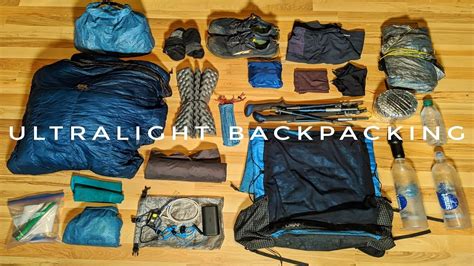
Conclusion
Reducing your backpack’s weight doesn’t mean sacrificing comfort, safety, or essential gear; it means making smarter choices. By focusing on the “Big Three,” embracing multi-purpose items, rigorously assessing your needs, optimizing consumables, and making intelligent clothing and personal item selections, you can significantly lighten your load. This mindful approach to packing will not only make your backcountry adventures more comfortable but also more enjoyable and sustainable.
